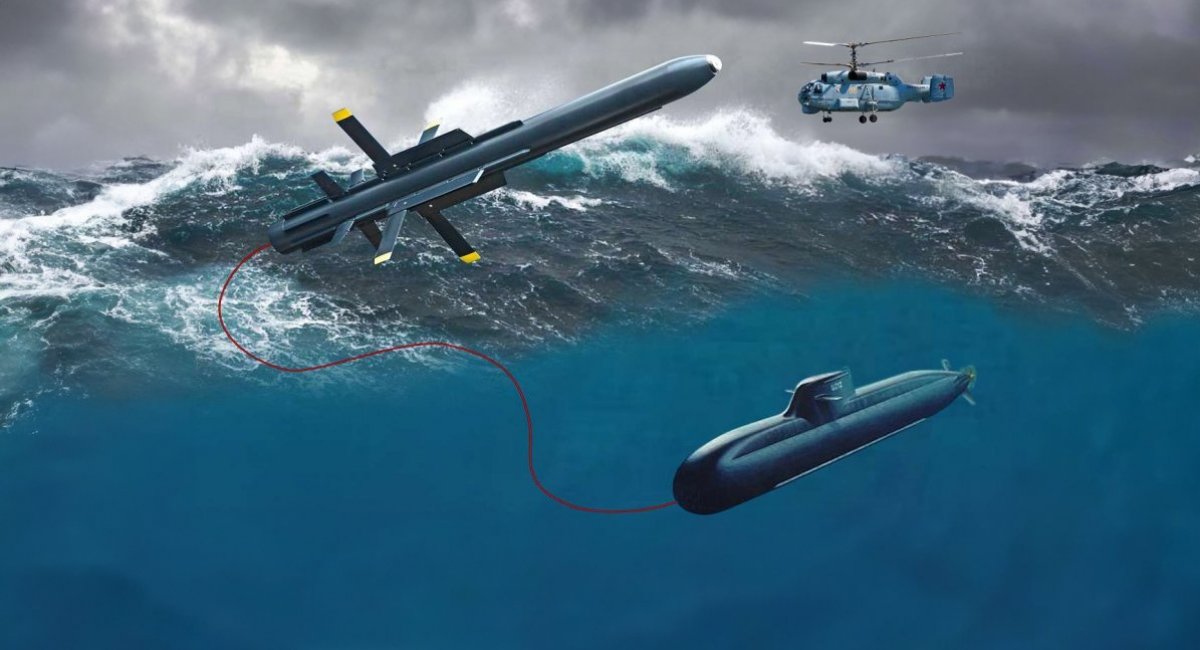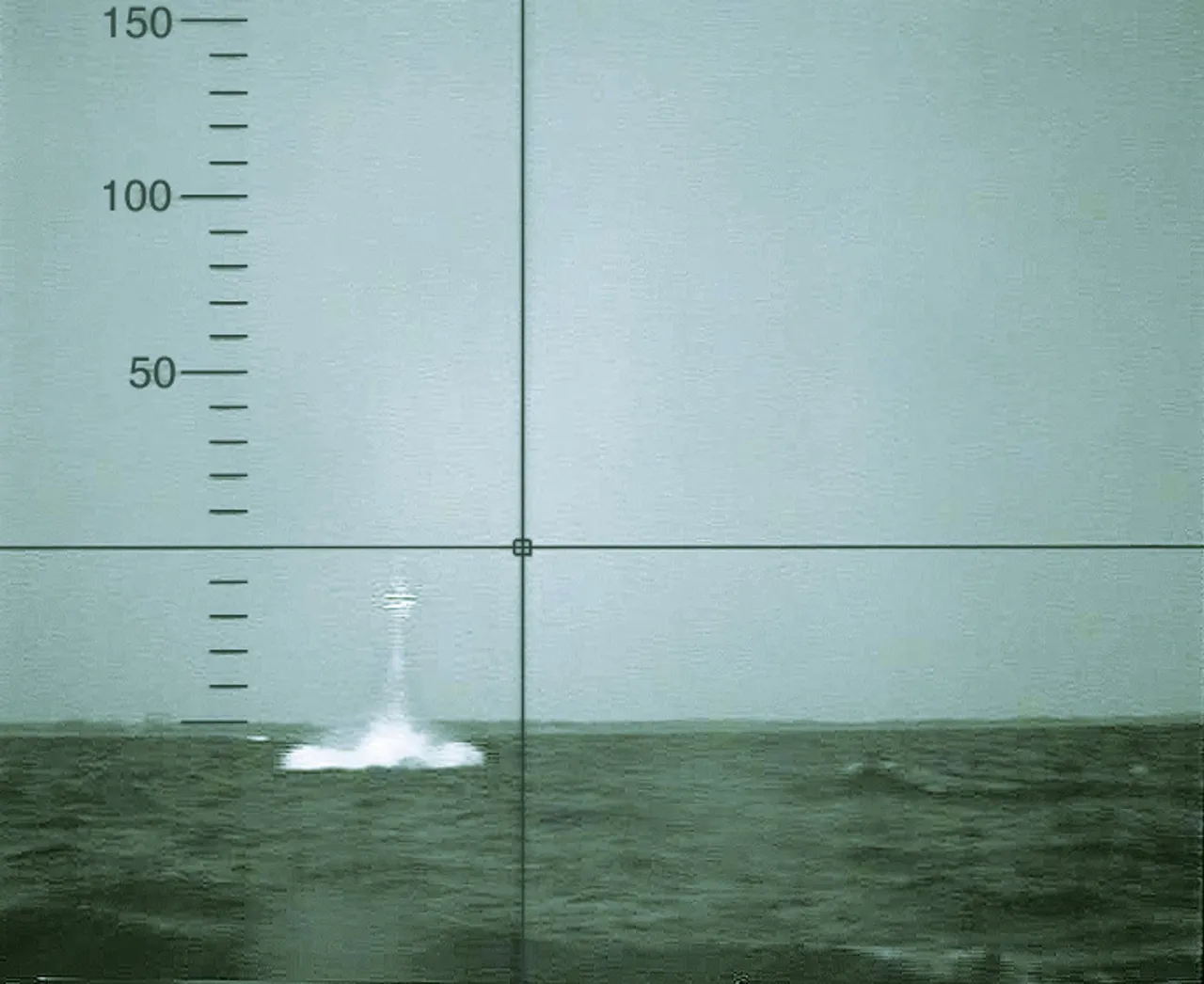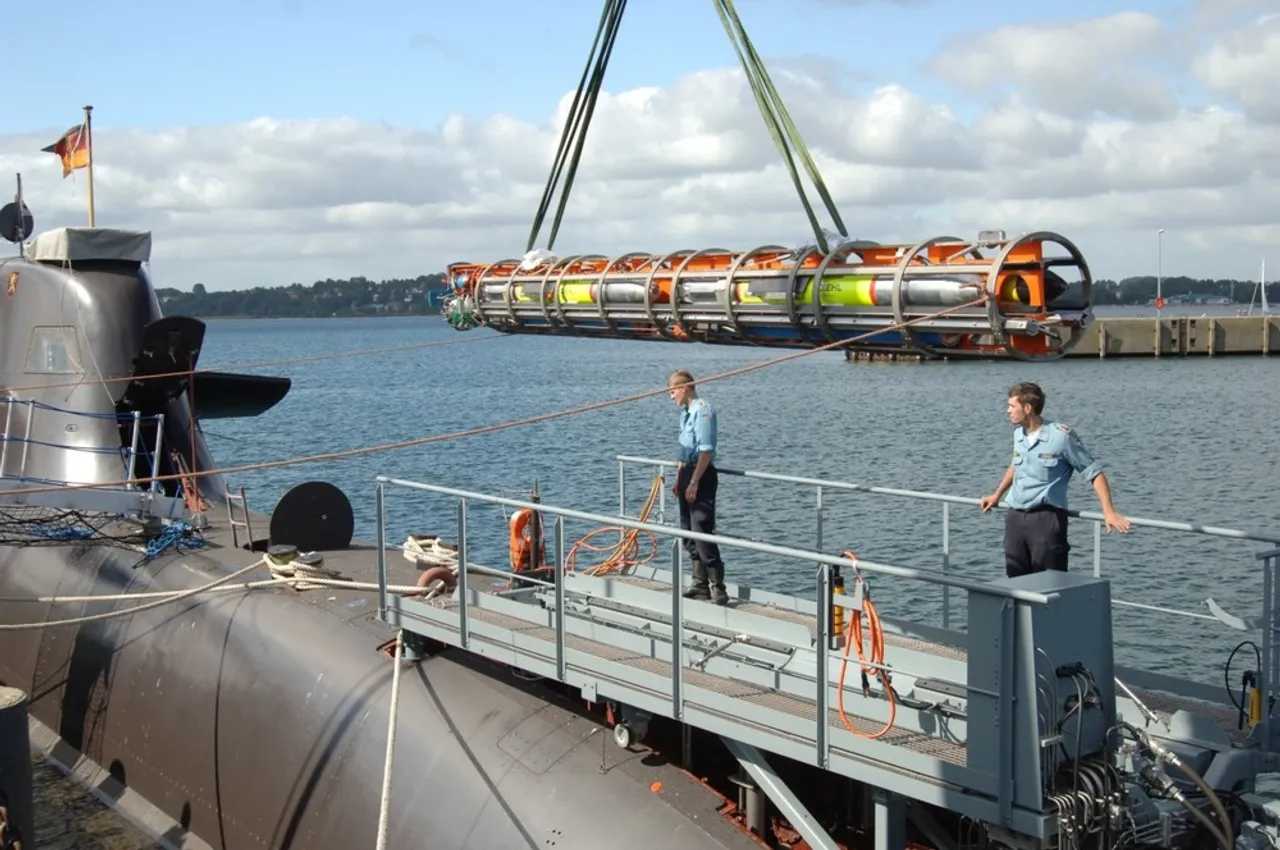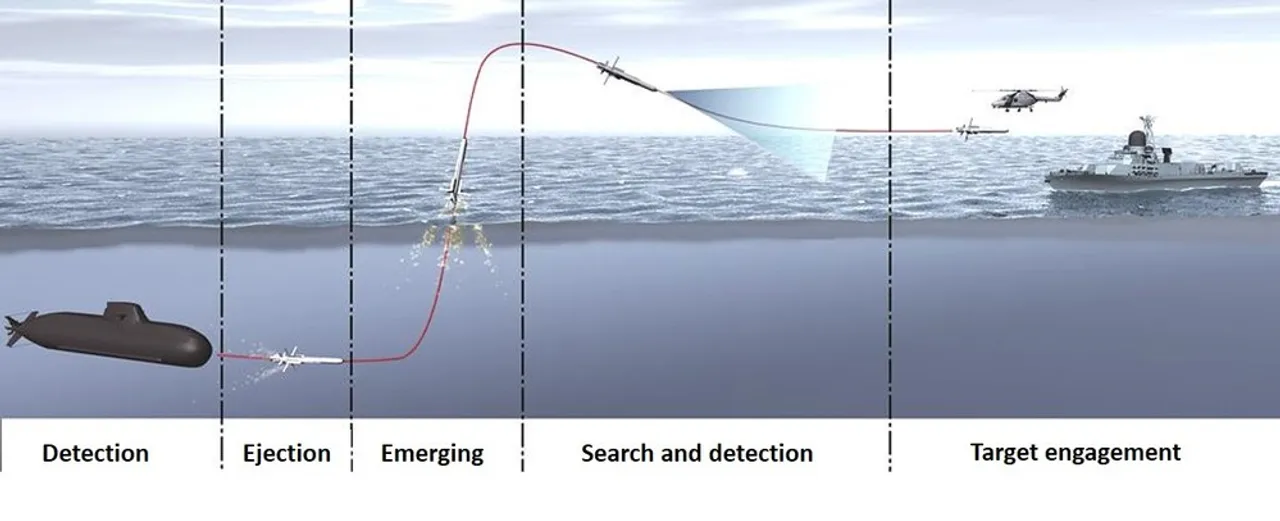Svetlana
Shcherbak for Ukraine based Defense Express has written an excellent article
on what is possibly? the world’s first anti-aircraft missile that
can be launched from a fully submerged submarine. The article
is dated January 26, 2025 and is at https://en.defence-ua.com/weapon_and_tech/30_years_of_idas_development_germanys_underwater_anti_aircraft_missile_to_counter_russian_helicopters_was_it_worth_it-13319.html.
Pete Comment
The submarine launched variant of the in service since 2005 IRIS-T missile has been a long time in (mainly German) development. This may be due to years perfecting the submarine variant's necessary fiber optic cable
link. This link must be able to survive the missile’s surfaced sudden
acceleration and the blast of the rocket motor. Hence the submarine variant missile’s velocity
and rocket blast have been reduced by the developers.
The marginal nature of IDAS as a weapon of last resort, in very shallow water, might mean a limited Baltic market (Germany, maybe Norway, with Sweden as a less likely adopter).
ARTICLE
"30 Years of IDAS Development: Germany’s Underwater Anti-Aircraft Missile to Counter Russian Helicopters – Was It Worth It?

Germany has entered the final stage of developing the
IDAS submarine-launched surface-to-air missile, a project initiated in the
2000s to defend against Russian anti-submarine helicopters [and rotary wing
drones large enough to carry lightweight torpedoes].
The German company [tkMS, on January 24 2025, announced] the signing of a contract with the Bundeswehr’s Procurement Department (BAAINBw) to complete the development and qualification of the Interactive Defence and Attack System for Submarines (IDAS). This unique missile is designed to engage aerial targets while the submarine remains submerged.
The contract stipulates that development and qualification work must be completed by the end of 2029. This means that the creation of IDAS will have taken over 30 years, as initial test trials were conducted in 2003, and the first underwater launch occurred in 2008. Although the project saw active progress in the 2000s, development slowed significantly over time.

The new contract aims to restart active work and finally bring the project to completion, enabling Germany’s Type 212 [As and CDs] submarines to effectively counter Russian anti-submarine helicopters. Notably, IDAS is being developed by tkMS and Diehl Defence in cooperation with Norway’s Kongsberg and Nammo, as well as Turkey’s Roketsan. This international collaboration highlights the complexity of developing such an advanced anti-aircraft missile, even though it is based on a deep modification of the IRIS-T air-to-air missile.
In general, IDAS will allow submarines to engage low-altitude, slow-moving aerial targets—such as anti-submarine helicopters—at a range of up to 15 kilometers. Additionally, the system is capable of engaging surface and ground targets. However, its speed of 200 m/s is relatively low for an anti-aircraft missile. For comparison, the IRIS-T, on which it is based, reaches 1,020 m/s. Despite this, IDAS is well-suited for self-defense in shallow waters against helicopters equipped with torpedoes and sonar systems.
The IDAS missile is stored and launched from a 533-mm torpedo-sized container, allowing integration into existing submarines without major structural modifications. Each container holds four missiles, along with launch control electronics and an interface system.

Aerial target detection and tracking rely on the submarine’s onboard acoustic sensors. The missile has a solid-fuel engine, which activates at a safe distance from the launch platform.
Once launched, IDAS manoeuvres underwater toward its target. As it nears, it surfaces, deploys aerodynamic control surfaces, and proceeds to engage.
During its cruise phase, the missile is controlled and guided via a fiber-optic cable. In the terminal phase, it locks onto the target using an infrared seeker before striking.

Throughout its flight, the operator [in the submarine] can control the missile and receive live footage from its onboard camera, allowing target identification and prioritization of the most critical threats. If the fiber-optic cable is severed, the missile—depending on preset parameters—either autonomously selects and engages the most likely target or self-destructs to avoid unintended damage.
For submarines, IDAS is essentially a last-resort weapon, designed for situations where a submarine is trapped in shallow waters and unable to dive deep to evade detection. In such cases, IDAS provides a critical defense against airborne threats, ensuring that submarines are not left completely vulnerable."
